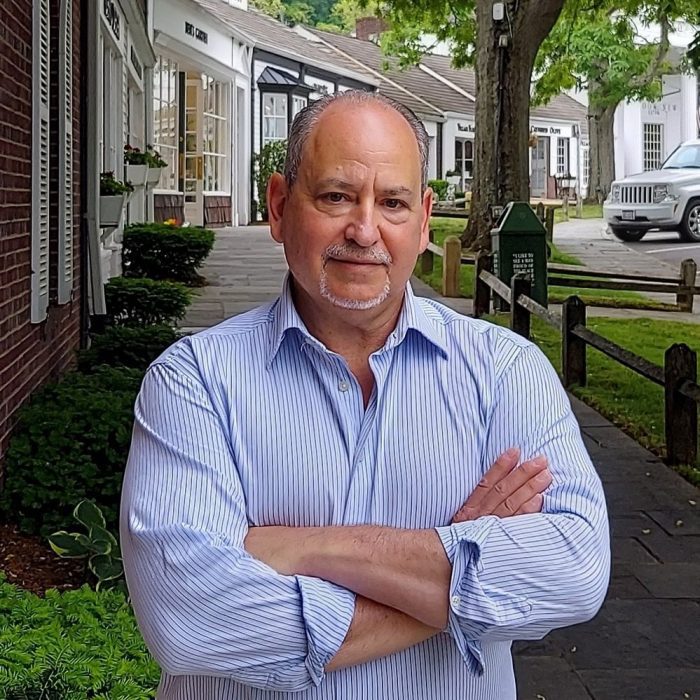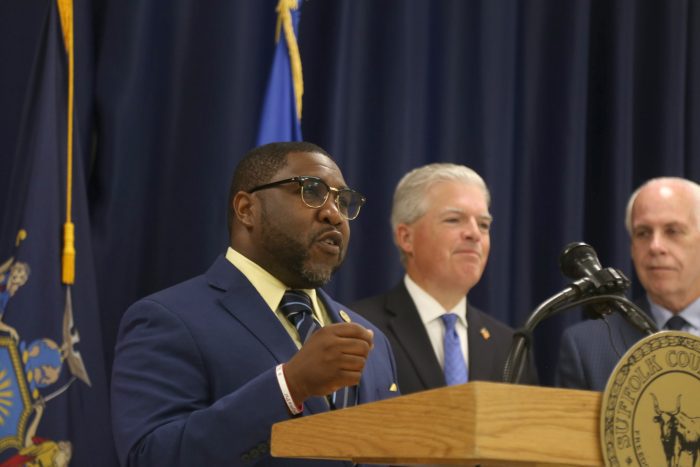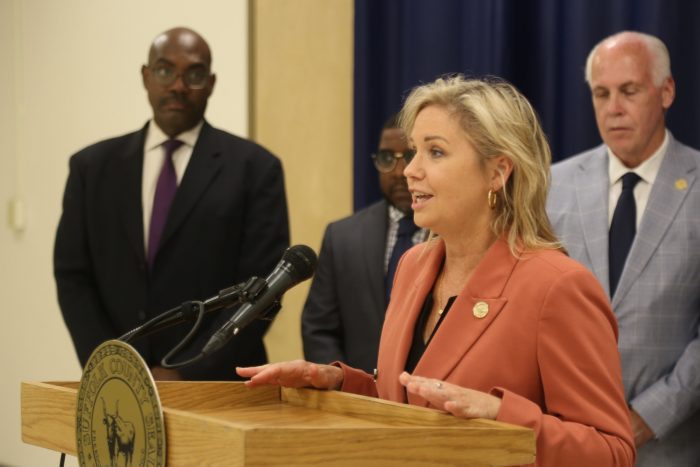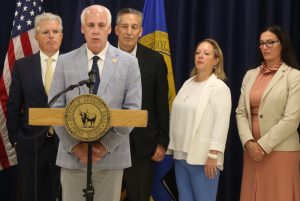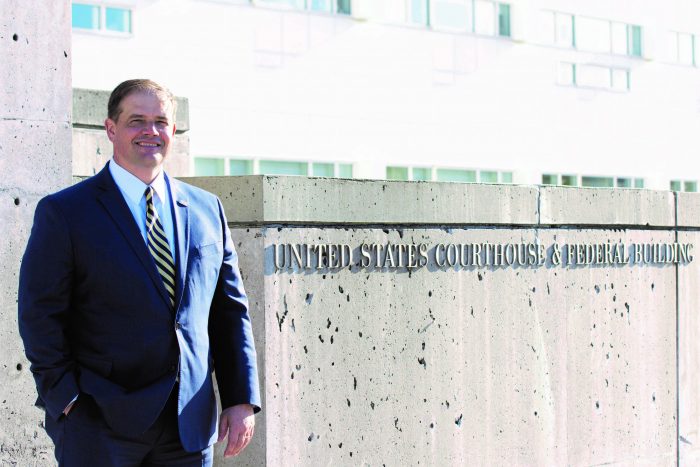By Ira Costell
As September heralds the approaching changes brought on during Earth’s annual autumnal shift, so too does it offer a pathway to a new life for many as it also marks National Recovery Month.
This comes on the heels of International Overdose Awareness Day which occurred on Aug. 31. This day, for too many families like mine, is a yearly reminder of the awful price exacted by the disease of addiction.
The lives lost during the ongoing opioid crisis in this country has impacted every community across this country as over 107,000 deaths of our fellow citizens occurred in 2022. Let that sink in. That is the equivalent of almost 300 people a day, or one person every four minutes or so who has died from a treatable and preventable disease.
Can you imagine the resources we would commit to deal with a crisis if every single day a jet plane with 300 people crashed? I dare say everything in the U. S. would come to a screeching halt until we determined how to deal with such a monumental tragedy.
Yet, the most pressing public health crisis in our country equal to or, at the moment, worse than COVID-19 typically gets short shrift but once a year from many public officials.
This year, many municipalities across Long Island, including Brookhaven Town “went purple” to honor and acknowledge Overdose Awareness day Thursday, Aug. 31 [See story, “Brookhaven goes purple, marks Opioid Awareness Month with calls for intervention,” Sept. 7, TBR News Media]. Many of my fellow warriors in this battle gathered that day to remember and to raise our voices for those no longer here to speak for themselves.
I added my voice to this fight nearly 15 years ago to honor my nephew David Aaron Costell who, just shy of his 23rd birthday, succumbed to a heroin overdose on Feb. 12, 2007.
He was a sweet, loving if troubled young man who found recovery for a short time but sadly relapsed due to limited resources of support our society afforded him at the time. But, as the heroin crisis on Long Island became more prominent with Newsday reports of the death of Natalie Chiappa, an 18-year-old honors student, I knew it was time for action.
So, I ultimately became a family advocate involved with educating the press and running to Albany over many legislative sessions. It was poignantly sad but rewarding to work with many families across New York state to change public policy in order to save lives which otherwise would be lost to addiction.
We accomplished a lot over several years by the passage of better access to treatment to make it harder for insurance companies to refuse treatment so easily to those seeking help. Also, we passed the NYS 911 Good Samaritan Law, which encourages young people to seek help for anyone in overdose without fear of legal consequences.
We also advocated for the state I-STOP Law, which has nearly eliminated “doctor shopping” by addicts, and changed to an e-prescribing process, thereby enabling a real-time database when prescribing narcotics like opioids.
Along the way, I met many amazing individuals I came to know and love who turned their grief into helping others. Not only did we help change laws, many I have come to know help change lives.
There is Avi Israel with Save the Michaels of the World in Buffalo and here on Long Island, Gabriel’s Giving Tree and Thomas’ Hope Foundation by my friends Paulette Phillipe and Linda Ventura with help from Teri Kroll, who lovingly offer services to families and individuals impacted by addiction. These are angels in action.
So I am grateful to Brookhaven Town, where I live, and other municipalities which scheduled similar activities on Aug. 31. It was one way to reduce the stigma of drug overdoses and to honor those souls around our area who no longer will share Thanksgiving dinners with us later this year.
It is not the first time nor the last time families will be at the steps of Town Hall and shed tears for the loved ones as they recall their sons and daughters, husbands and wives, nieces and nephews or fathers and mothers whose lives were cut short by the scourge of opioids and fentanyl. It brings public attention to this crucial issue and hopefully can build support for more action in the future.
And, while this is a laudable goal, it is not nearly enough to hold hands, hug each other in grief and move on again until next August when Town Hall is lit up purple, the color for Overdose Awareness.
According to an annual report issued last year by State Comptroller Tom DiNapoli (D), Suffolk County experienced more cumulative deaths due to overdose than any other county in the state. And, it is easy to extrapolate that Brookhaven Town has more deaths than any other township in Suffolk County.
I submit it is incumbent on Brookhaven, as well as other towns and the county, to invest more resources at the municipal level to address this absolute horror visited upon our families. It is not only essential to reduce the suffering from the loss of a loved one, but we lose untold hours of productivity in our workplaces due to the toxic stress of families with members still in active addiction.
Thankfully, Suffolk County just announced another round of nearly $20 million from funds realized by the lawsuit against drug companies and Big Pharma in the opioid settlement case initiated by former Presiding Officer Rob Calarco [D-Patchogue].
I urge Brookhaven Town to promptly put together a proposal to obtain some of these funds to undertake initiatives which could provide better mental health and addiction services to our communities. Babylon Town, with less than half the population of Brookhaven, presently runs a facility called the Beacon Family Wellness Center, which provides drug and alcohol services as well as other important supports.
This could and should be a priority for the largest town in Suffolk, which is essentially Ground Zero for the addiction and overdose crisis on Long Island.
With Overdose Awareness Day past, it is important to remember. But it is more important to act substantially throughout the year with tangible programs which can assist people along the path to a healthy life. That is the true way to show support for National Recovery Month.
Ira Costell is the president of the Port Jefferson Station/Terryville Civic Association.

